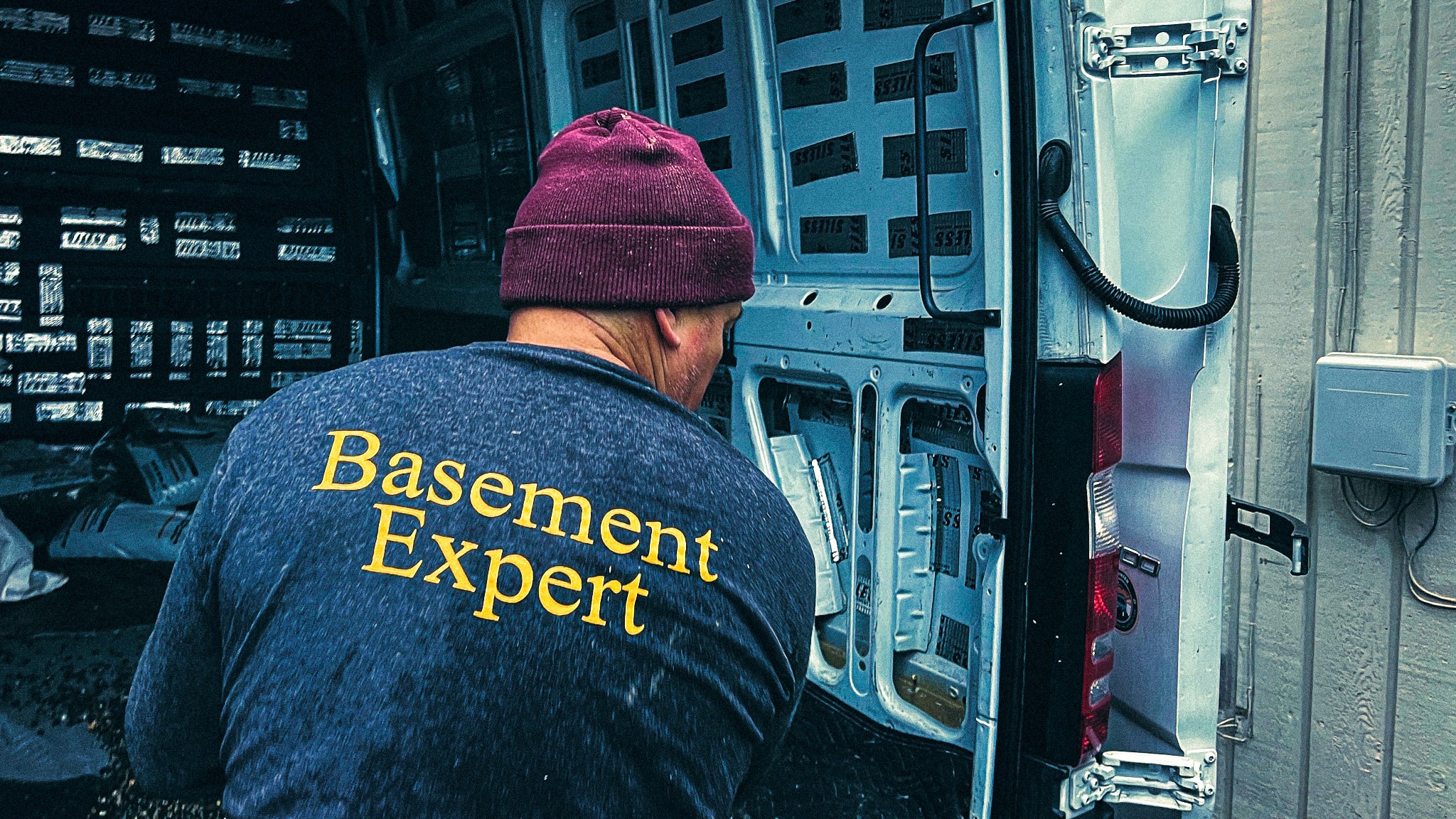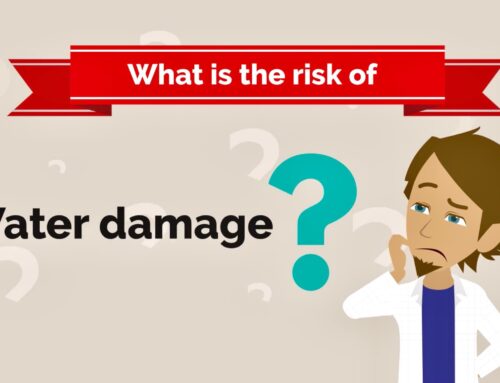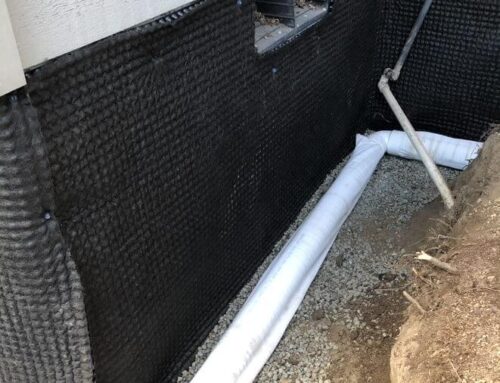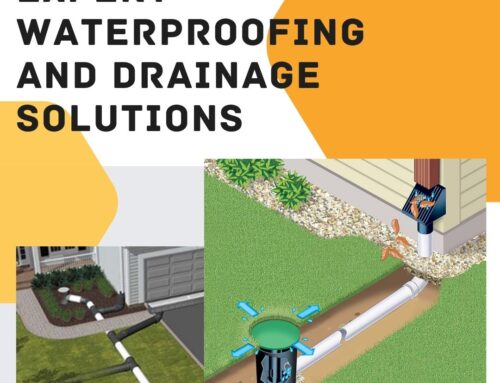Seattle’s picturesque landscapes, lush greenery, and thriving tech scene make it a sought-after destination for both residents and visitors alike. However, its abundant natural beauty comes with a climate that can pose challenges for homeowners, particularly when it comes to basement waterproofing. Nestled in the heart of the Pacific Northwest, Seattle experiences a unique blend of rain and moisture that can infiltrate basements if not adequately managed. In this article, we will delve into the importance of basement waterproofing in Seattle, explore the various techniques available, and highlight the benefits of each approach.
Understanding Seattle’s Climate
Seattle’s climate is characterized by mild temperatures, moderate rainfall, and a generally humid environment throughout the year. The city receives an average annual rainfall of around 37 inches, with the wettest months occurring between October and March. This consistent moisture can pose challenges for homeowners, especially those with basements. Due to the high-water table in many areas and the potential for heavy rain, basement flooding and moisture infiltration are concerns that need to be addressed.
The Importance of Basement Waterproofing
Basement waterproofing is not just a luxury; it’s a necessity for homeowners in Seattle. A damp or flooded basement can lead to a host of problems, including structural damage, mold growth, and compromised indoor air quality. These issues not only affect the integrity of your home but also pose potential health risks to its occupants. Proper basement waterproofing safeguards your investment, preserves your property’s value, and ensures a safe and healthy living environment.
Common Waterproofing Techniques
Exterior Waterproofing: One effective technique for preventing basement moisture is exterior waterproofing. This method involves excavating the soil around the foundation, applying a waterproof membrane to the exterior walls, and installing a drainage system to divert water away from the foundation. This approach can be highly effective in preventing water from entering the basement in the first place, thus reducing the risk of moisture-related problems.
Interior Waterproofing: Interior waterproofing focuses on managing moisture that has already infiltrated the basement. It typically involves installing drainage systems and sump pumps to collect and redirect water away from the foundation. While this method doesn’t prevent water from reaching the foundation, it effectively manages and removes water that enters the basement, reducing the likelihood of flooding and mold growth.
French Drains: French drains are a popular interior waterproofing solution. They consist of a trench filled with perforated pipe and gravel, which collects water and directs it away from the foundation. These drains can effectively alleviate hydrostatic pressure and prevent water from seeping through basement walls.
Sump Pump Installation: Sump pumps are essential components of many interior waterproofing systems. They remove water that accumulates in a sump pit, usually installed in the lowest point of the basement. When the water level reaches a certain point, the pump activates, directing water away from the foundation and preventing flooding.
Crawl Space Encapsulation: Some Seattle homes have crawl spaces rather than full basements. Crawl space encapsulation involves sealing the crawl space with a vapor barrier to prevent moisture from entering. This technique also often includes installing a dehumidifier to maintain optimal humidity levels, further protecting against mold growth and moisture-related issues.
Choosing the Right Technique
The choice between exterior and interior waterproofing techniques depends on several factors, including the severity of the moisture problem, the location of the water source, and the homeowner’s budget. Exterior waterproofing is more comprehensive and prevents water from reaching the foundation, but it can be more invasive and costly. Interior waterproofing, on the other hand, addresses existing moisture issues and can be a more budget-friendly option.
For homes with crawl spaces, crawl space encapsulation is a specialized technique that effectively keeps moisture at bay. This method ensures that the crawl space remains dry and free from mold and other issues that can impact the home’s indoor air quality.
Benefits of Basement Waterproofing
Prevent Structural Damage: Moisture infiltration can weaken the foundation and structural elements of a home over time. Basement waterproofing helps prevent cracks, shifting, and other damage that can compromise the stability of your home.
Mold Prevention: Mold thrives in damp, humid environments. By keeping your basement dry, you significantly reduce the risk of mold growth, protecting your family’s health and the integrity of your property.
Increased Home Value: A home with a dry, usable basement space is more attractive to potential buyers. Basement waterproofing can increase your property’s value and make it a more marketable asset.
Improved Indoor Air Quality: Damp basements can contribute to poor indoor air quality by releasing mold spores and other pollutants into the air. Basement waterproofing helps maintain a healthier living environment.
Energy Efficiency: Waterproofing can also contribute to energy efficiency. A dry basement is easier to heat and cool, reducing the strain on your HVAC system and potentially lowering energy bills.
Final Thoughts
Seattle’s climate is undoubtedly beautiful, but its moisture-laden air and frequent rain make basement waterproofing a crucial consideration for homeowners. Whether you opt for exterior waterproofing, interior solutions, or crawl space encapsulation, the investment in basement waterproofing pays off in the long run by protecting your home’s structure, value, and your family’s health. By taking proactive steps to manage moisture, Seattle homeowners can enjoy their beautiful surroundings without worrying about the potential hazards of a damp basement.











